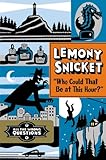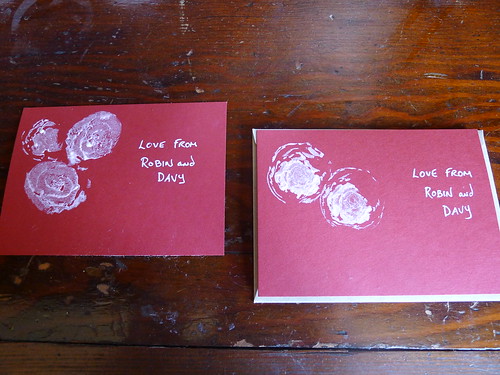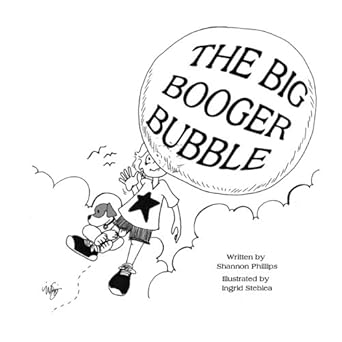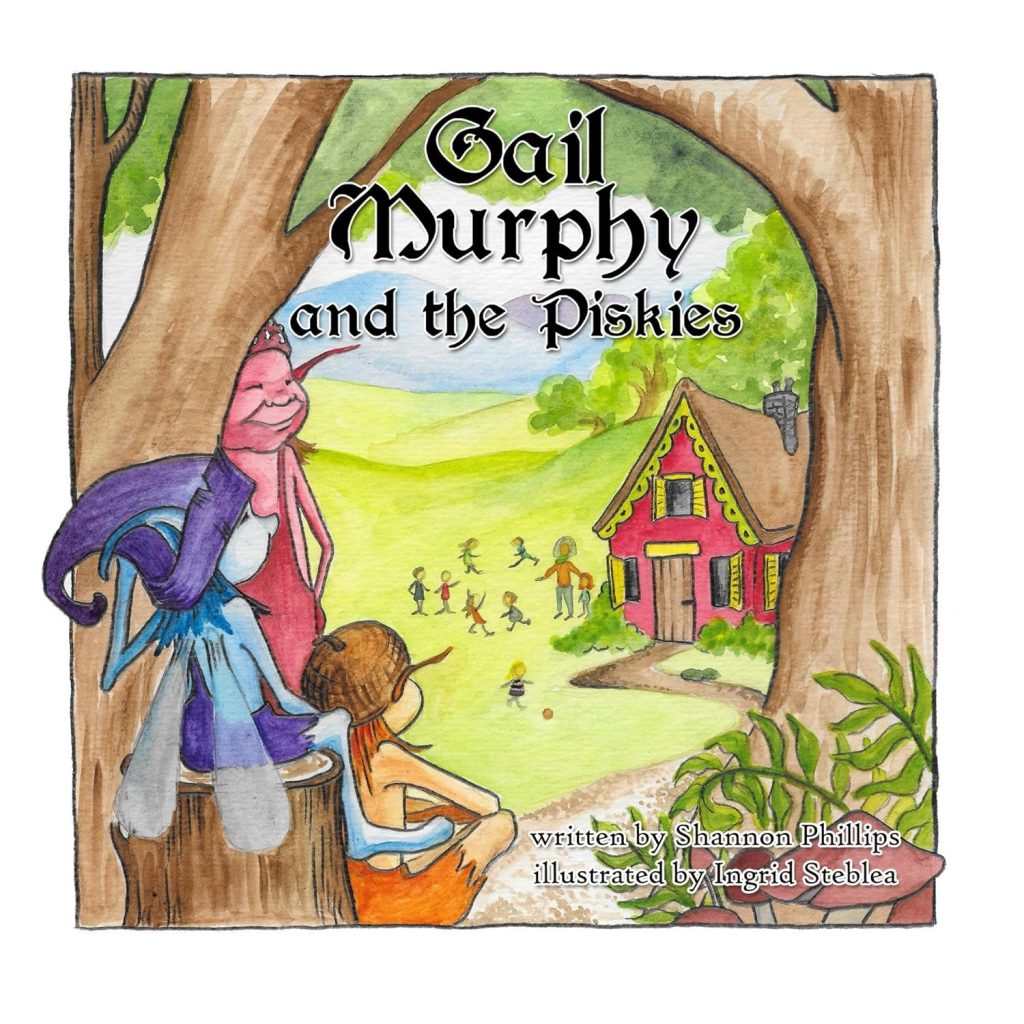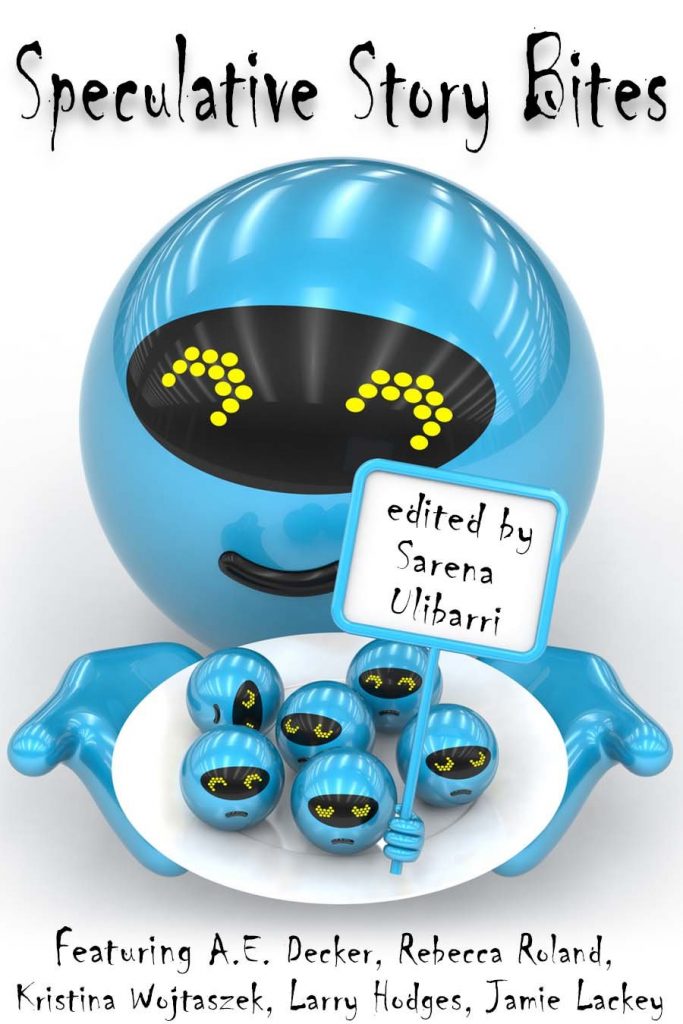Tragedy in the Henhouse
Thora killed one of our chickens. This happened a couple of weeks ago, but I didn’t have the heart to write about it until now. She came trotting into the house with a chicken wing in her mouth: I screamed, everyone came running, there was yelling, and Thora dropped the severed wing and went tearing all around the house peeing and defecating everywhere to signal her submission and distress. A few minutes later she puked up a belly full of chicken innards. As apologies go I must say it is the worst I have ever received.
Eventually we comforted the dog, Sam went outside to gather up the remains (it was not an open casket funeral), and we gave Penny a decent burial. I said a few words. Her sisters did not attend the ceremony: chickens are not sentimental creatures. Sam said they were busy cannibalizing the corpse when he arrived at the scene.
We have mostly processed the whole episode at this point. The boys wanted to talk a bit about death and what it means: for Robin, it seemed to bring up some dim memories of Marlis, because he began saying things like “We used to have a cat but we don’t have a cat now.” I reiterated some of the things that I told him when Marlis died. I told him that death means you aren’t in the world any more. I told him that everything that is alive dies eventually, but that he and we are young and won’t die for a long, long time. I told him that when someone dies you can be sad and cry because you miss them a lot, and also that sometimes you might not feel sad, even though you still miss them. I suppose this is one of the benefits of keeping livestock: kids grow up experiencing the natural cycles of life.
For a while Davy and Robin would say “Thora is a bad dog!” because one of the things I yelled over and over, when I was yelling, was “Bad dog! Bad dog!” So I also had to explain that actually Thora is a good dog who did a bad thing. And that it is not really her fault, she was just being a dog. (Although I have to admit that it changed the way I look at her a bit. “She’s a murderess,” I told Sam, who responded quite reasonably that her kill count is nowhere near the total that Marlis racked up. “Yes,” I said, “but Marlis never killed anything with a name!”)
The boys also seemed to just like to tell the story of what happened: “Thora killed our chicken and then you screamed,” one of the boys would say, out of the blue. And I would just say, “Yep, that is what happened.” “And then you cried.” “Yes, I cried because I was sad.” We must have had that conversation ten or fifteen times in the first few days after. At this point they don’t seem to need to go over it so much.
Robin is very keen on getting a new hen. “We need to get another girl chicken with a bow,” he says. I did try to explain to him that not all creatures that are girls wear bows on their head, but he is quite certain that the next hen ought to come beribboned.
In fact we probably will want to replace Penny at some point, but introducing a new hen to an established flock isn’t necessarily easy. The existing chickens will try to drive off any bird they perceive as an interloper, and can injure or even kill a new hen by relentlessly pecking her. One way to get around this is to wait until one of the hens goes broody and then to slip some fertilized eggs underneath her, letting nature take its course from there. So I’m inclined to give it some time and see if Henrietta or Genevieve show any signs of wanting to be a momma.
Meanwhile Thora and the chickens are no longer allowed to share the yard. Instead we keep the hens cooped up until late morning, giving Thora a chance to run around for a bit, and then the chickens are let out and Thora is kept inside until sundown. (She also gets a walk in the early afternoon.) Once the chickens have put themselves away, Thora gets free run of the yard again. In some ways it’s a better arrangement anyway, because I don’t have to worry about the dog finding eggs before I do.
Here is a picture of Thora looking angelic. (Murderess!)


